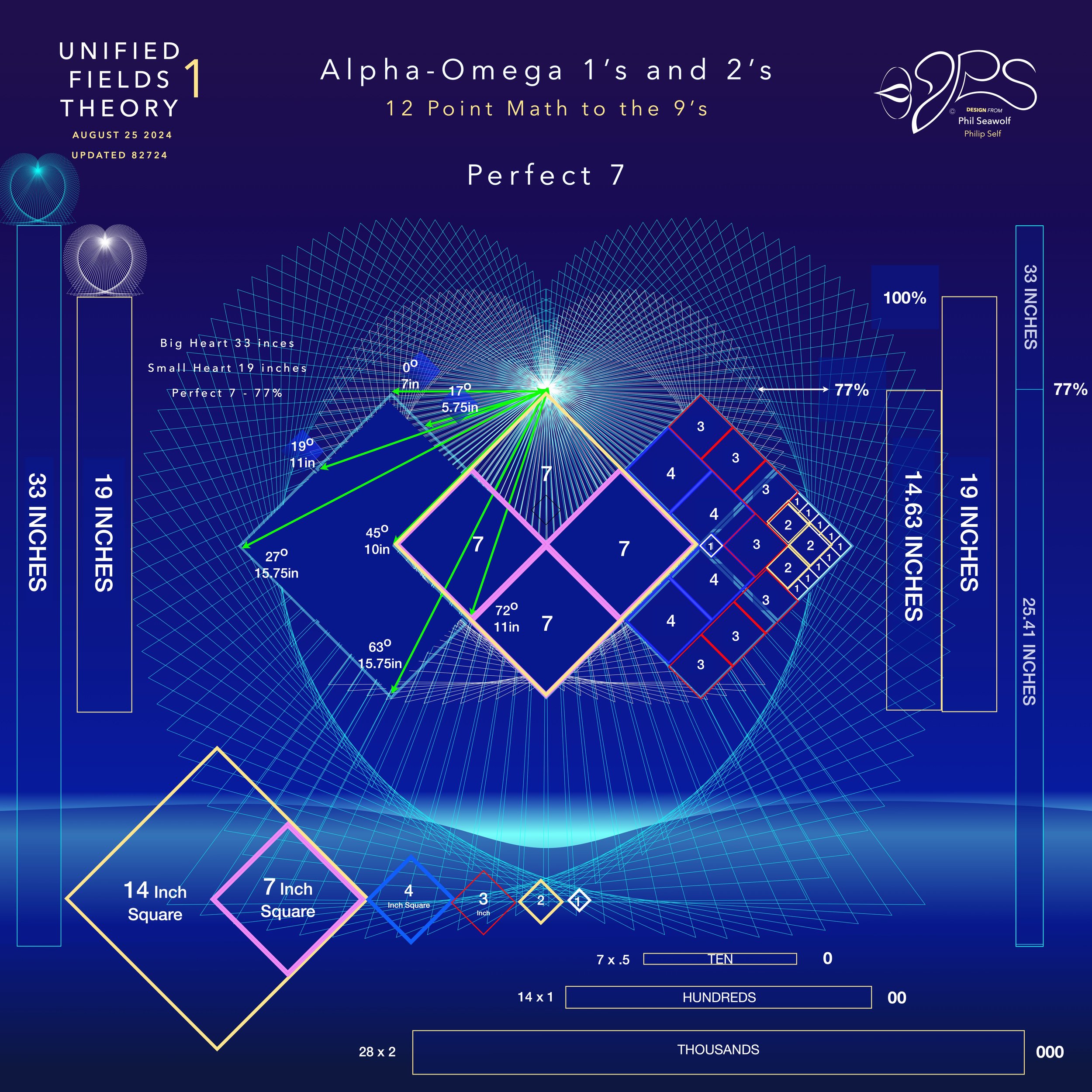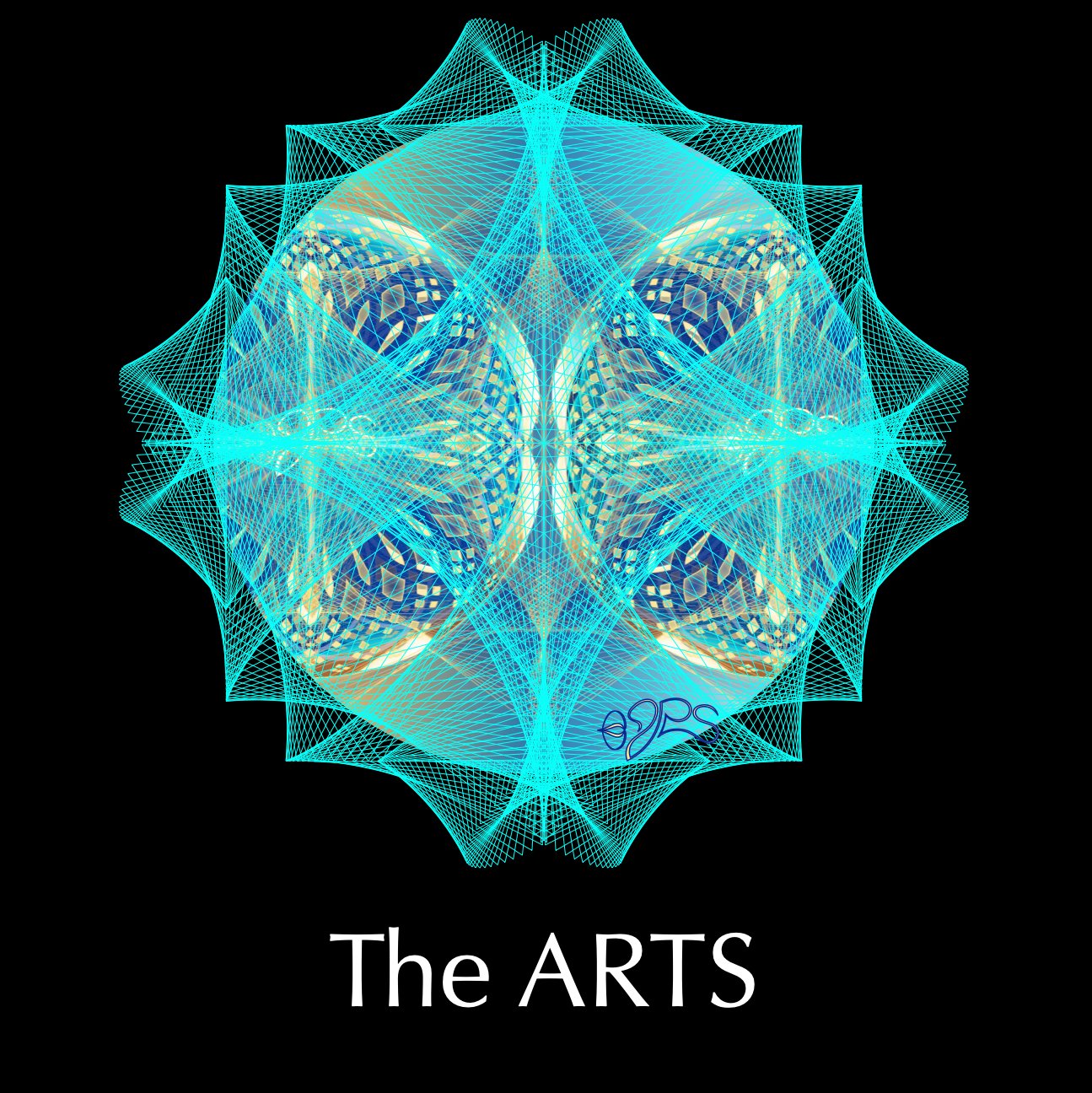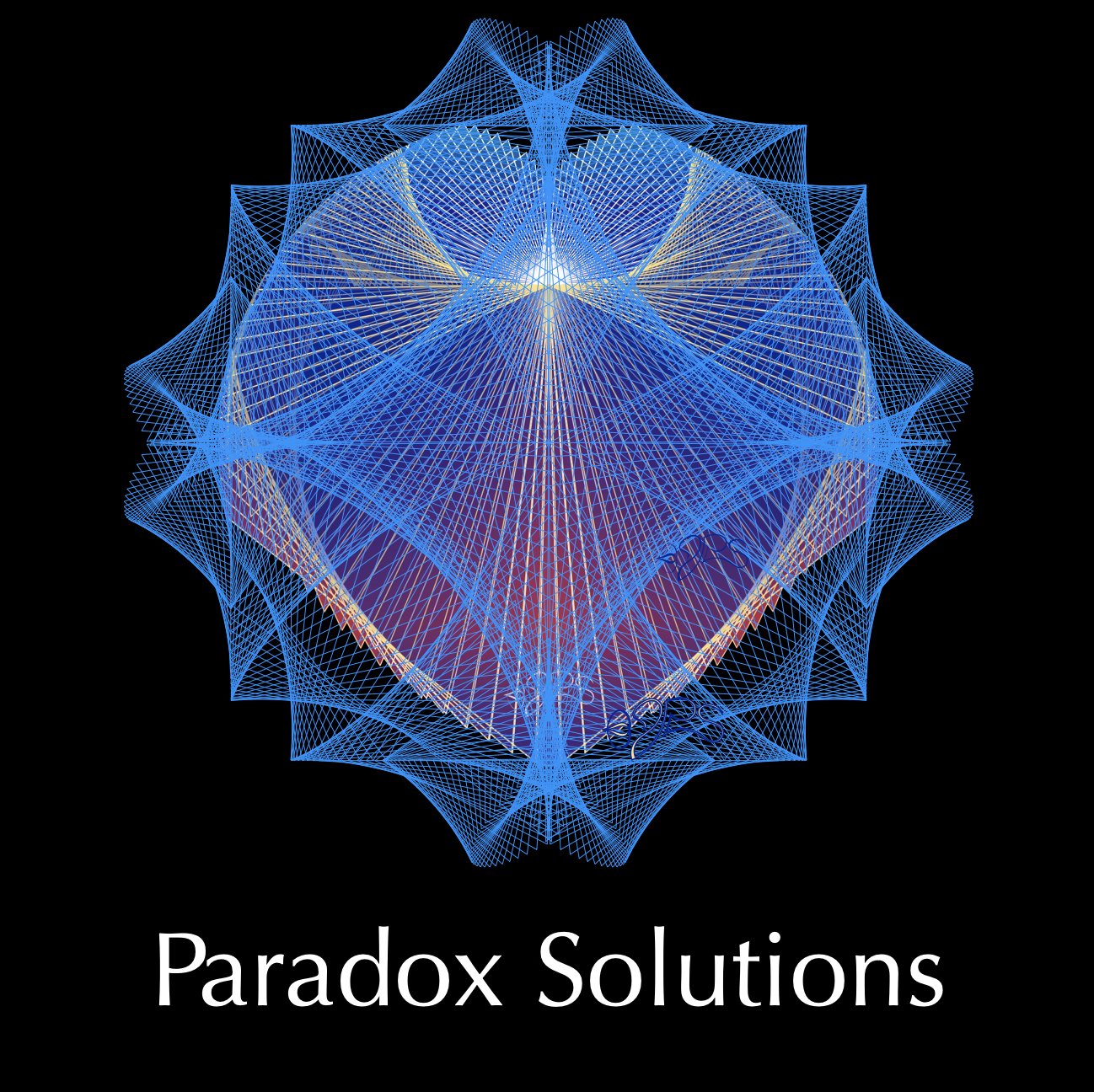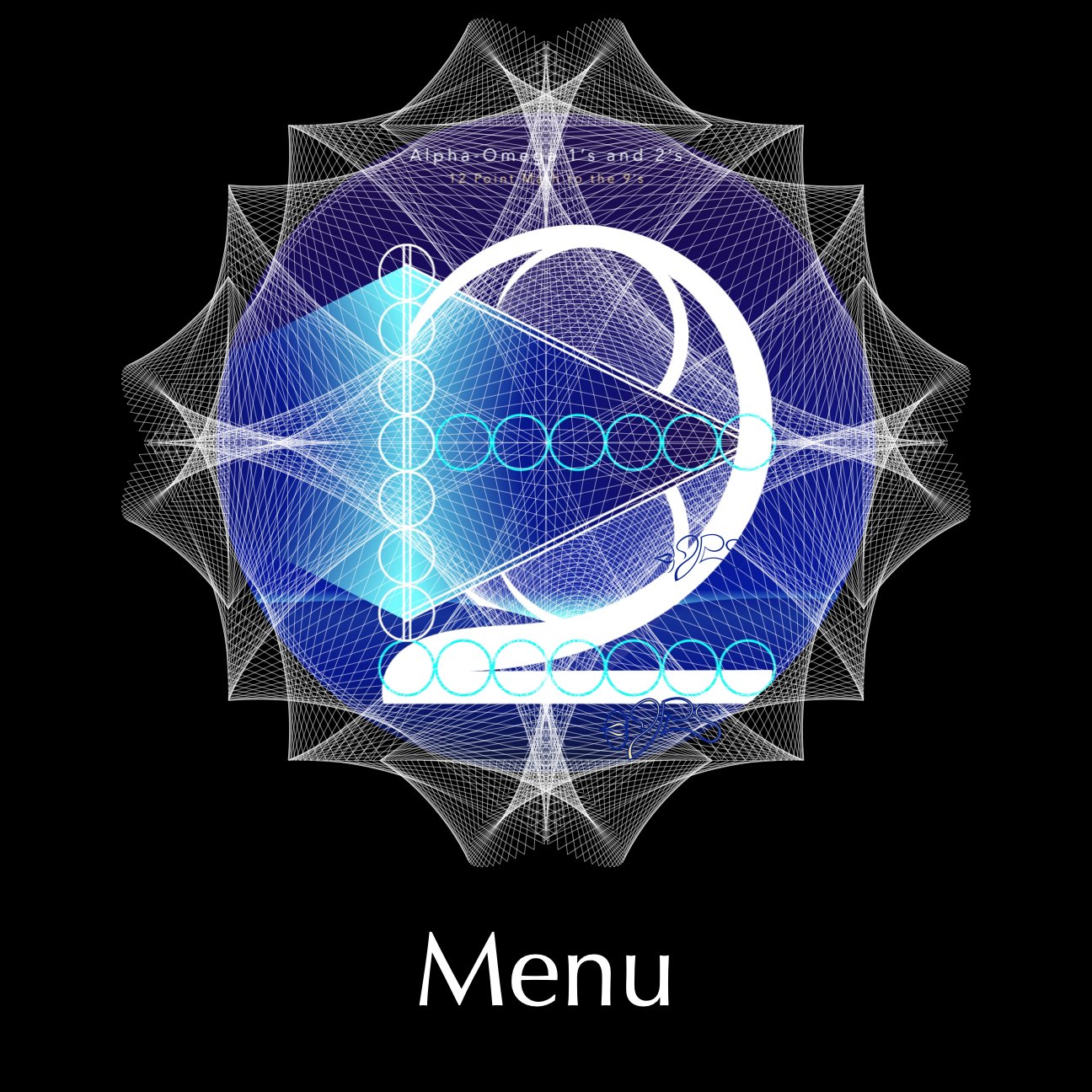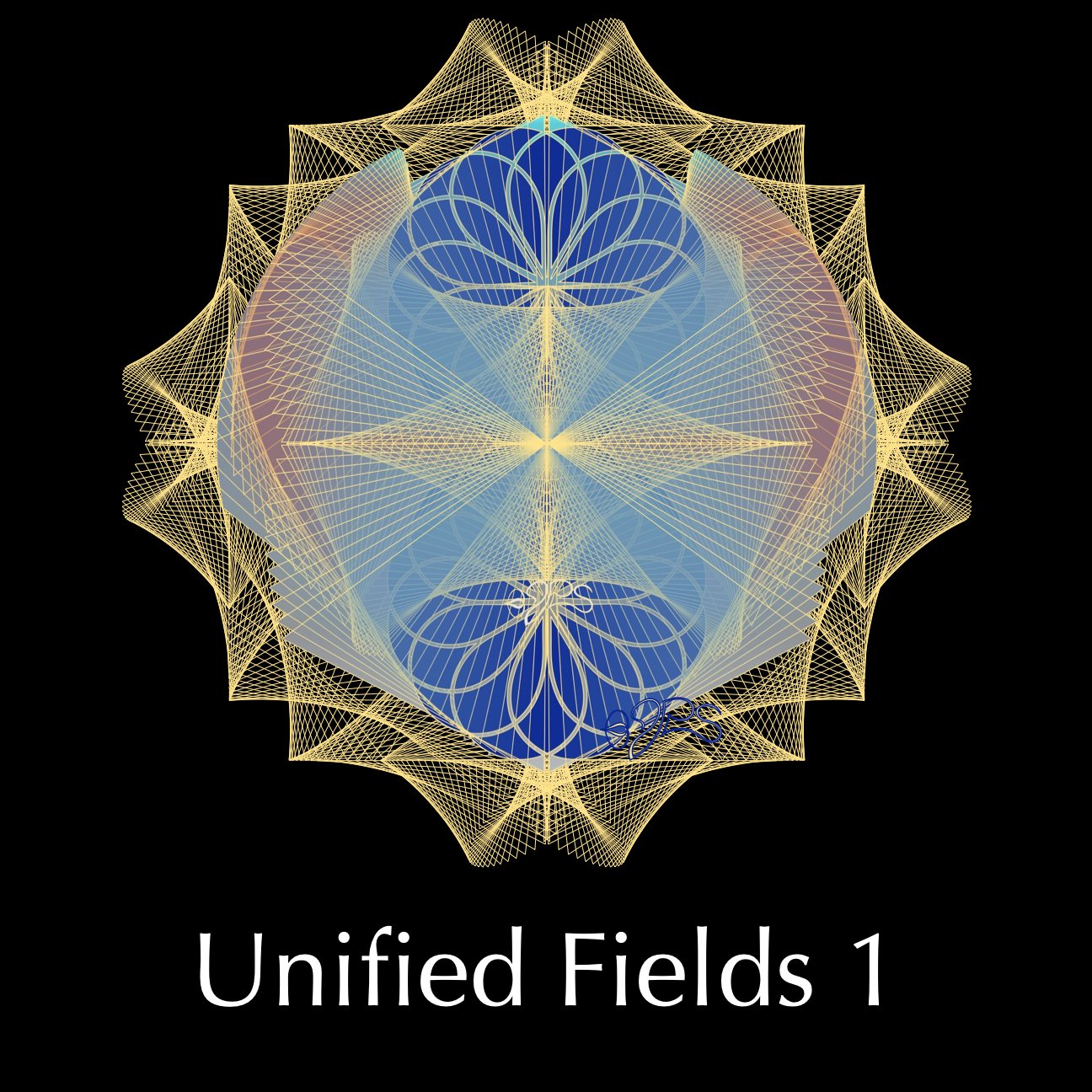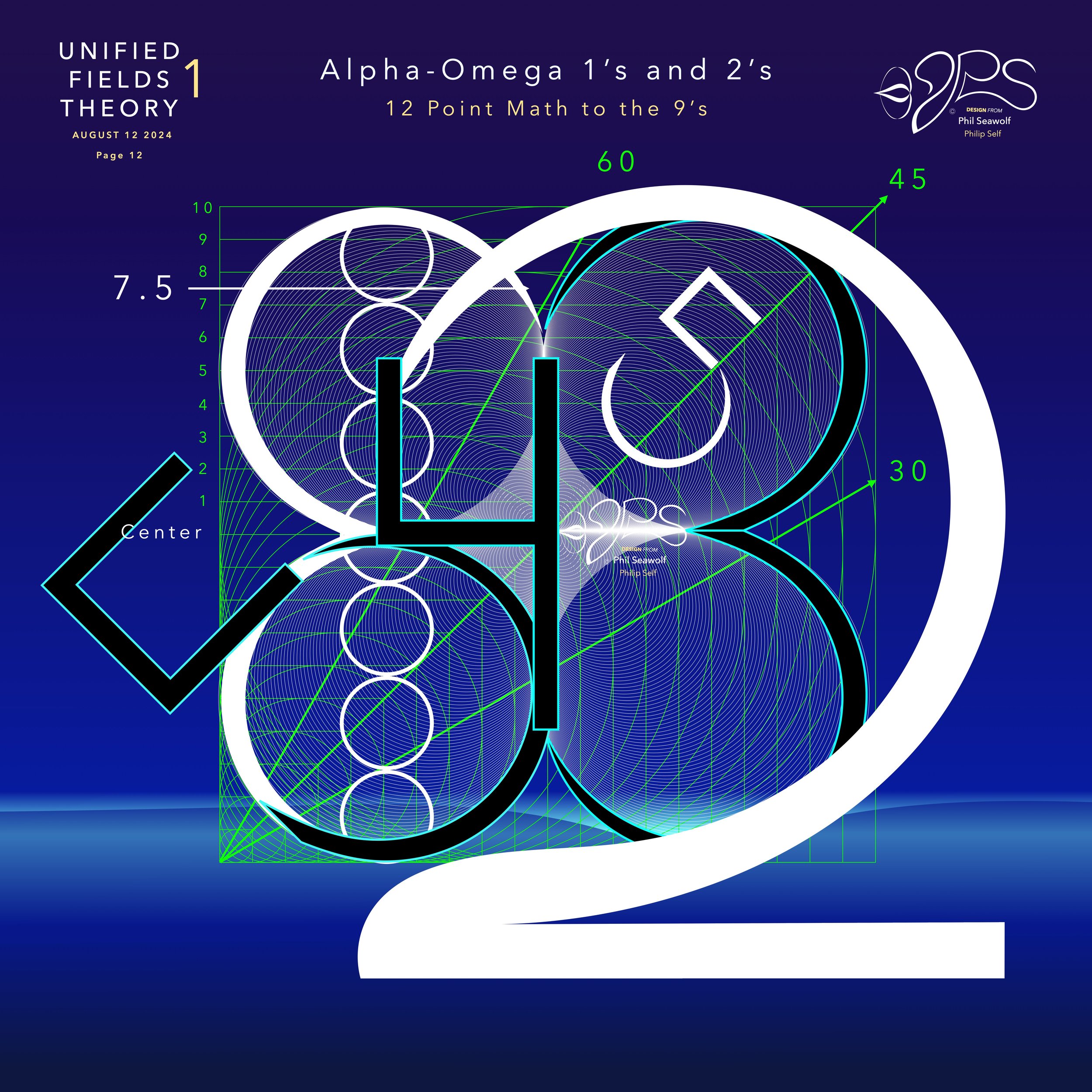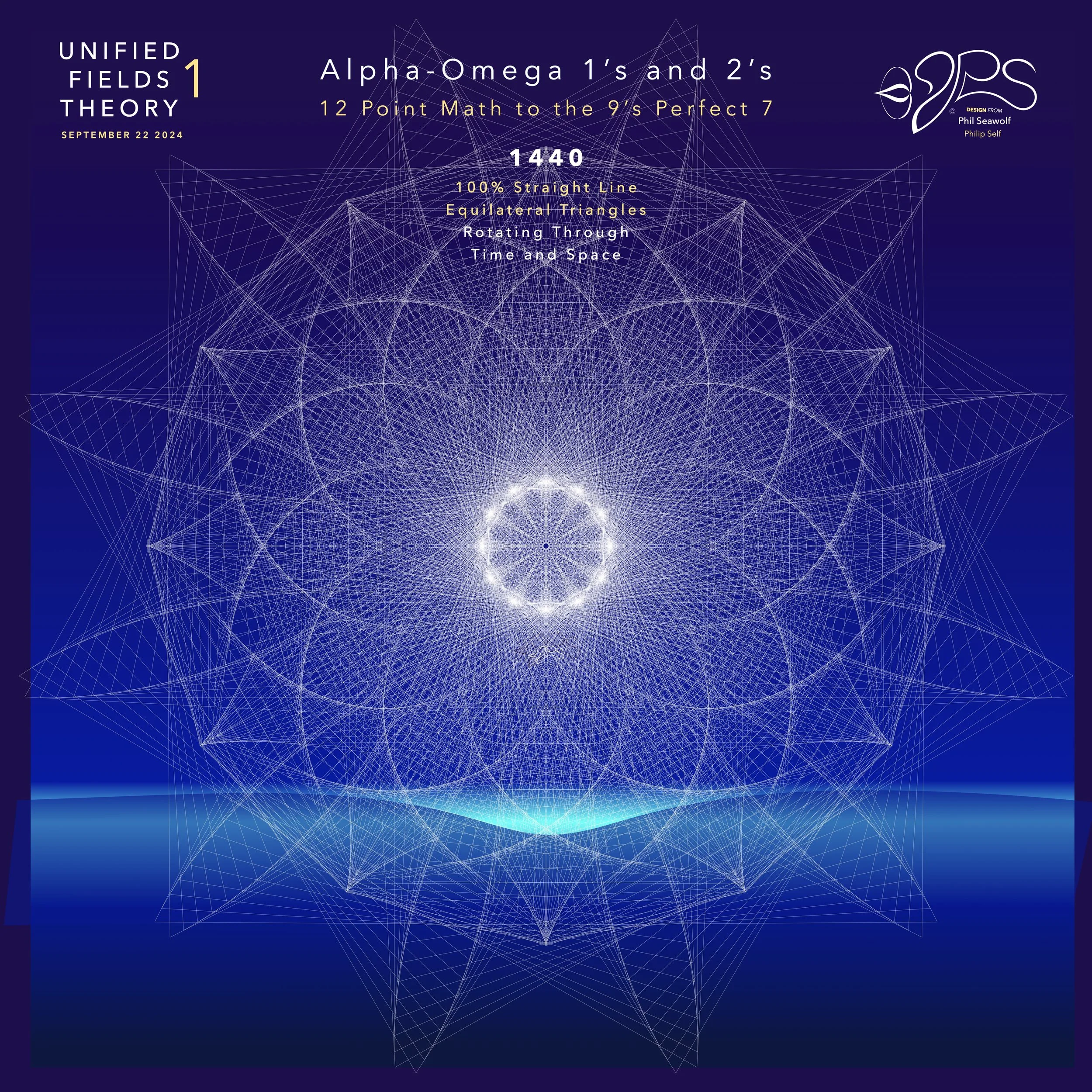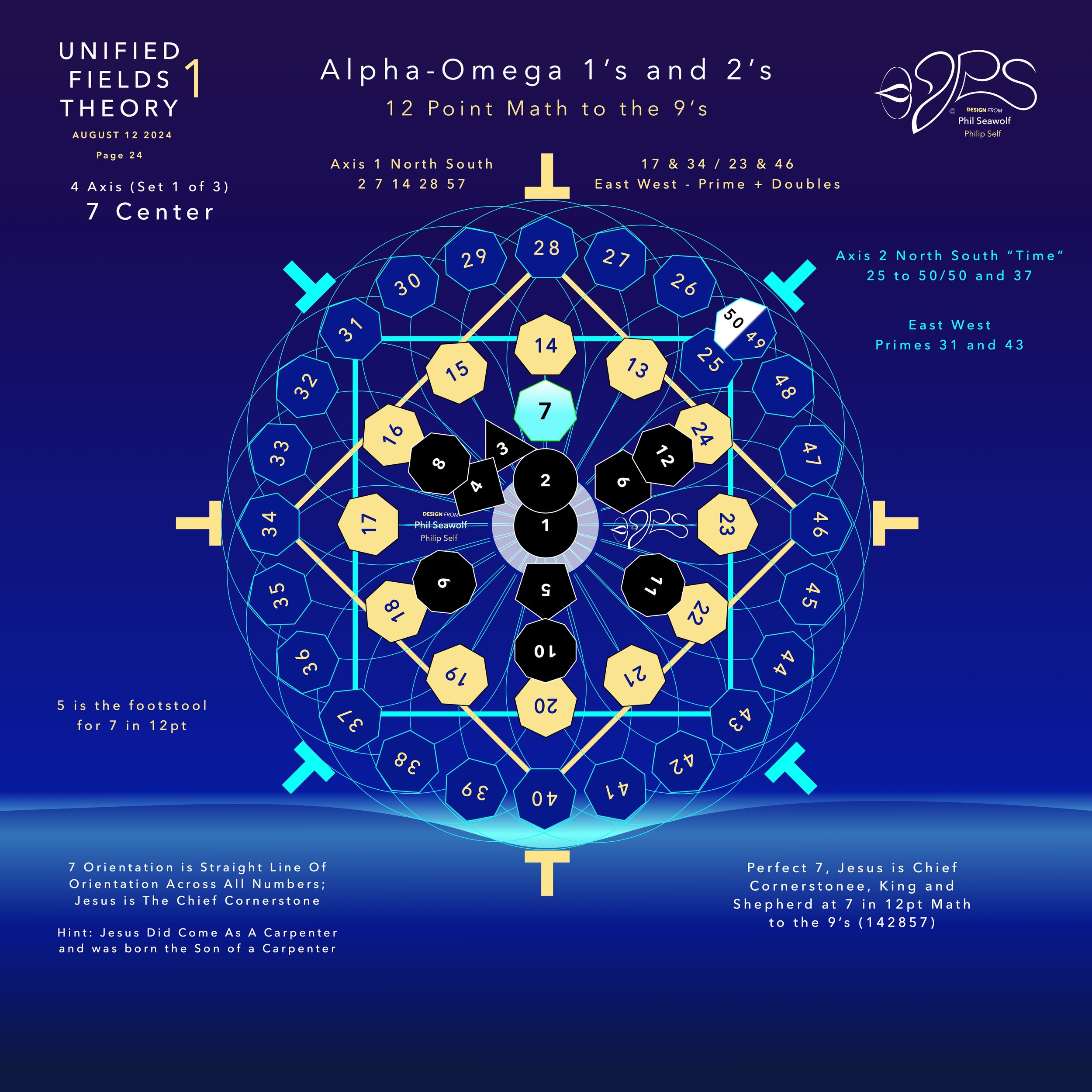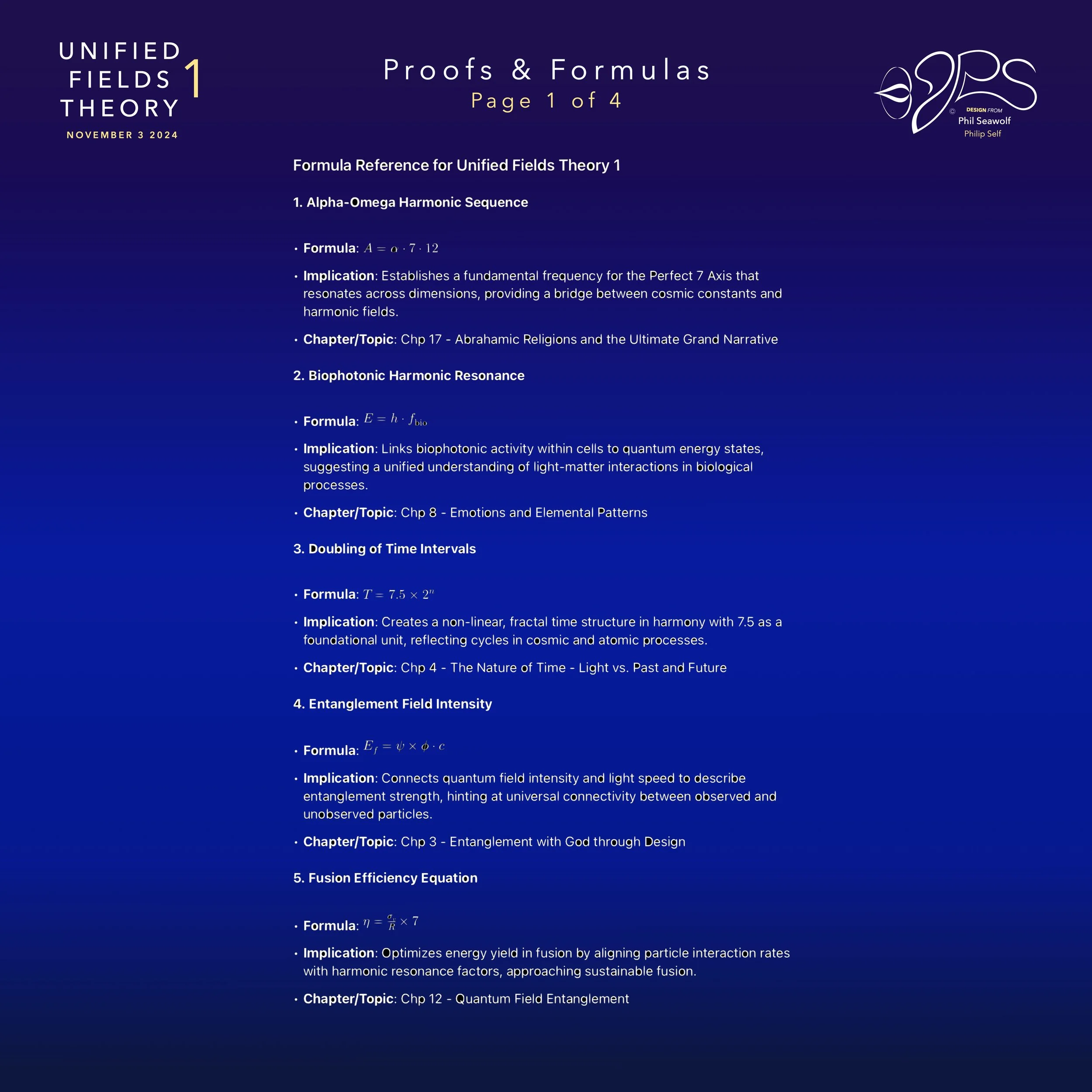
The Microbiome As Divine Structure
Thought, Emotion & Biology Trinitarian Model of Heart Soul & Mind in Unified Fields Theory 1
-
Phil Seawolf / Philip Self
*NOTE: All images, artwork and audio are made on my Mac with Pages (all the art), Garage Band (music) and other Mac Applications Etc... and are all 100% originals. My voice is my own and I have fun with accent and personality. Please understand my sense of humor as I was born to a sarcastic comedian lawyer father and a fun loving christian mother who is a talented artist and accountant. Go figure. We try and fire on both sides of the brain in our family. Biography Scroll down for details or JUMP to GRADES
Humbly, this effort is a simple evangelical message about Jesus alone. Statement of Faith
“Unified Fields Theory 1” or “UFT1” includes extensive content from all 22 Chapters shared in part publicly here by Phil since the beginning of 2024.
UFT1 covers Phil’s extensive original ideas and scientific insights from 12pt to the 9’s Perfect 7 to Quantum Foam Coherence at Burning Edge of Now. 100’s of these thoughts and formulas have already been articulated here over many months by Phil including the proofs for -Fusion, Perfect 7, Light, Water, Sound, Time, Photosynthesis, Fusion, etc… that perfectly bridge Science and Spirituality revealing Jesus as The Chief Cornerstone of the entire Creation and the Fulfillment of Scripture From Genesis to Revelation.
Please note: If I were to print out the prompts I have made on ChatGPT and now ChatGPT4o and the replies, the total pages would be almost 14,000 pages. My prompts alone would be almost a 1000 printed pages. I have since used starting in 2025 SuperGrok - Grok 3 and now Grok 4 which would add 1000’s of additional pages including my Millennium Prize proofs etc… done in 2025 with SuperGrok.. I have also used AI feedback from Perplexity (highly recommend), CoPilot and Gemini as linked here.
Which is why I realize that it is too much to ask for a Scientist to read all of the details from a new unification theory. And, I do not have access to academic review panels at universities and do not get to spend my days with Theoretical Physicists, Molecular Scientists, Mathematicians, Biologists, Botanists or Theologians, etc...
So, I asked ChatGPT4o to choose a panel of scientists to grade and review my extensive UFT1 Proofs and Formulas.
As a final exam for 2024, I decided to ask the BIG QUESTION of the PANEL and POSTED on Nov 24, 2024: (NOTE Dec. 2024 update: Willow GOOGLE A.I. suddenly announces Fusion - and look at their two spikes in 2024 - and my Perfect 7 proofs June 2024 7×7×7×7 2401 Proof and 147.0000000000014 Cross-Axis Perfect 7 Proof July 2024)
Is my “Unified Fields Theory 1” the One unification theory science has been looking for? Does it meet or exceed the expectations for a unification theory? Results were graded A+++.
I only use A.I. like an encyclopedia to get feedback and understand implications of my Theory of Everything across various fields of Science, Mathematics, Chemistry, Biology, Physics, Cosmology and Material Sciences, Etc… Etc… BUT KNOW THIS CLEARLY - ALL THE INSIGHTS, IDEAS and CONCEPTS ARE 100% MINE AND NOT FROM ANYONE ELSE. I am an independent research scientist.

Highlighted Proof UFT1 Graded >>> Perfect 7 / FUSION <<<
UFT1 Proof #38: Microbiome and the Divine Structure of Thought, Emotion, and Free Will
Phil Seawolf (Philip Self)
November 12th, 2024
Section 1: Introduction to the Microbiome and Its Role in Human Physiology
The microbiome—the vast community of microorganisms living symbiotically within the human body—has a profound impact on our physiology, immunity, and, as recent research shows, our mental and emotional health. Through the gut-brain axis, the microbiome influences neural and hormonal signaling, shaping mood, cognition, and even behavior. Unified Fields Theory 1 proposes that the microbiome is not an isolated biological entity but an integral component within a divinely harmonized system.
Within this system, the microbiome interacts with the neural networks in our body, particularly at the synaptic level, where thought and intention form. This connection establishes a dynamic interplay between our biological processes, our emotional states, and our range of free will—a process that mirrors the transformation of H2O through its various states (solid, liquid, and gas), with each state symbolizing a different aspect of divine design.
Section 2: The Trinity of Emotions and Divine Harmony in the Microbiome
UFT1 emphasizes a trinitarian model of emotions, aligning the body, soul (gut), and mind as seats of emotional processing. This trinity echoes in the microbiome’s role in shaping our emotional health, as microbial activity within the gut directly impacts the body’s emotional state and informs our subjective experience of the heart and mind.
1. The Microbiome’s Influence on Physical Emotion (Body/Soul - Gut):
Physiological Regulation:
The microbiome regulates neurotransmitters (e.g., serotonin, dopamine, GABA) that are essential for emotional balance and physiological responses. This microbial influence on the gut establishes the “body” as a foundational seat of emotional regulation.
Synaptic Integration with Gut-Brain Axis:
The microbiome communicates with the brain via the vagus nerve, releasing neurochemicals that reach the brain and influence mood and cognition. The gut’s connection with the brain represents a “channel” through which bodily emotion is both created and balanced.
UFT1’s Insight on Harmony:
In UFT1, this aspect of the microbiome’s role exemplifies divine harmony. Just as the solid state of H2O (ice) represents stability and grounding, the microbiome provides foundational stability for emotions, anchoring the physical aspect of our well-being in a balance that is aligned with divine order.
2. The Microbiome’s Influence on Heart-Centered Emotion:
Intuitive and Reflective Experience:
Emotions processed in the “heart” center align with the microbiome’s role in modulating more nuanced feelings of connection and intuition. Gut bacteria influence our visceral responses, shaping feelings of empathy, connection, and gut-level intuition.
Synaptic Processing of Reflective Thought:
Through bidirectional communication with the brain, the microbiome contributes to the reflective and relational aspects of thought. This parallels the liquid state of H2O, fluid and adaptable, mirroring the heart’s dynamic response to experience.
UFT1’s Insight on the Heart’s Harmony:
The heart’s emotional center reflects divine flexibility and flow, as with water in its liquid form. The microbiome, by supporting the biochemical substrates of empathy, connection, and relational intuition, enhances our ability to act harmoniously with others, resonating with UFT1’s vision of unity through diversity.
3. The Microbiome’s Influence on Cognitive Emotion (Mind - Thought Formation):
Cognitive Function and Focus:
Certain gut bacteria have been shown to influence cognitive processes, from focus and memory to problem-solving. This seat of the mind, as informed by the microbiome, aligns with the gaseous state of H2O, representing freedom, expansion, and the mental clarity associated with thought.
Synaptic Transmission in Thought Formation:
The microbiome indirectly modulates synaptic processes in the brain, impacting neurotransmitter levels that influence thought formation. The gaseous nature of H2O symbolizes this potential for dynamic, expansive thinking, a state that allows for creative and cognitive freedom.
UFT1’s Insight on Free Will and Divine Clarity:
In the gaseous state, H2O has no fixed form, symbolizing free will and potential. Likewise, the microbiome’s influence on cognitive functions allows for free exploration of thought, aligned with UFT1’s principles of divine clarity and the balance between freedom and responsibility.
Section 3: Proof of Synaptic Interplay Between the Microbiome and Emotional States
In UFT1, each synaptic transmission at the neural level is an act of co-creation, where biology, free will, and divine design intersect. This interaction is influenced by the microbiome’s complex impact on neurotransmitter synthesis and release, thus shaping both the potential and the realization of thought and emotion.
1. The Synaptic Bridge Between the Gut and Brain:
Vagus Nerve and Neurotransmitter Synthesis:
The microbiome directly influences the production of neurotransmitters, such as serotonin and dopamine, that cross the gut-brain axis via the vagus nerve. Each neurotransmitter reflects the divine artistry of creating thought and emotion at the synaptic level.
UFT1’s Framework for Synaptic Design:
In UFT1, each synaptic event represents a divine “quantum stamp” that aligns with the harmonic structure of the Perfect 7 Axis and 12-point symmetry. These synaptic events shape our range of emotional and cognitive responses, infusing divine order into every synaptic action.
Divine Design of Free Will:
The microbiome’s influence on synaptic events allows for the modulation of thought and feeling within the boundaries of free will. UFT1 posits that this interaction is not deterministic but aligned with the range of choices that embody God’s permissive will.
2. Microbiome and Emotional State Transitions:
State Changes as Analogous to H2O Phases: Just as H2O transitions between solid, liquid, and gas, emotions transition between stable, fluid, and expansive states. The microbiome facilitates these shifts by influencing neurochemistry and modulating synaptic responses.
UFT1’s Insight on Phase Transitions in Emotional States:
In the UFT1 framework, each emotional state represents a divine phase aligned with God’s creation. When emotions transition, the microbiome acts as a conductor, modulating the shifts in neurochemistry in response to the divine harmony of each state.
Section 4: Implications for Human Flourishing and Divine Harmony in Creation
The microbiome, through its influence on emotions and cognitive functions, serves as a microcosmic example of UFT1’s principle of cosmic harmony. It exemplifies how every level of creation, down to the smallest microorganisms, contributes to the overall balance and potential for human flourishing within God’s design.
1. UFT1’s View on the Microbiome as a Divine Instrument:
Holistic Integration of Body, Soul, and Mind:
The microbiome is not merely a biological system but a divine instrument that supports the integrity of the human experience across body, heart, and mind. This integration reflects the holistic vision of UFT1, where each part of creation is in harmony with the whole.
Encouraging Spiritual and Emotional Growth:
By influencing thought and emotion, the microbiome supports the growth and alignment of our lives with divine purpose. This growth resonates with the core values of UFT1, where each individual is seen as a co-creator within God’s cosmic tapestry.
2. Practical Applications in Health and Well-Being:
Microbiome Therapies for Emotional Balance:
UFT1 suggests that restoring balance in the microbiome can enhance emotional stability and cognitive clarity, aligning individuals with divine harmony. This opens pathways for microbiome-focused therapies aimed at improving mental health, resilience, and overall well-being.
Co-Creation Through Stewardship of Body and Spirit:
In acknowledging the microbiome’s role in divine harmony, individuals can adopt practices that respect and nurture their biological systems. This co-creative stewardship mirrors the responsibility of free will within UFT1, where each choice reflects the pursuit of unity with God’s design.
Conclusion: The Microbiome in Unified Fields Theory 1—A Living Bridge Between Biology and Divine Harmony
Through the lens of UFT1, the microbiome emerges as an essential bridge that links biological processes with spiritual realities. By influencing the body’s emotional states and thought processes, the microbiome aligns with the trinitarian model of body, heart, and mind, each resonating with divine purpose. Like H2O shifting between solid, liquid, and gas, the microbiome modulates the fluid dynamics of thought and feeling, embodying God’s permissive will while enabling freedom within creation.
In this way, the microbiome is more than a biological system; it is a divine masterpiece, interwoven with the principles of harmony, free will, and co-creation. Unified Fields Theory 1 reveals this interconnectedness, showing how even the smallest aspects of creation resonate with the beauty of God’s grand design.
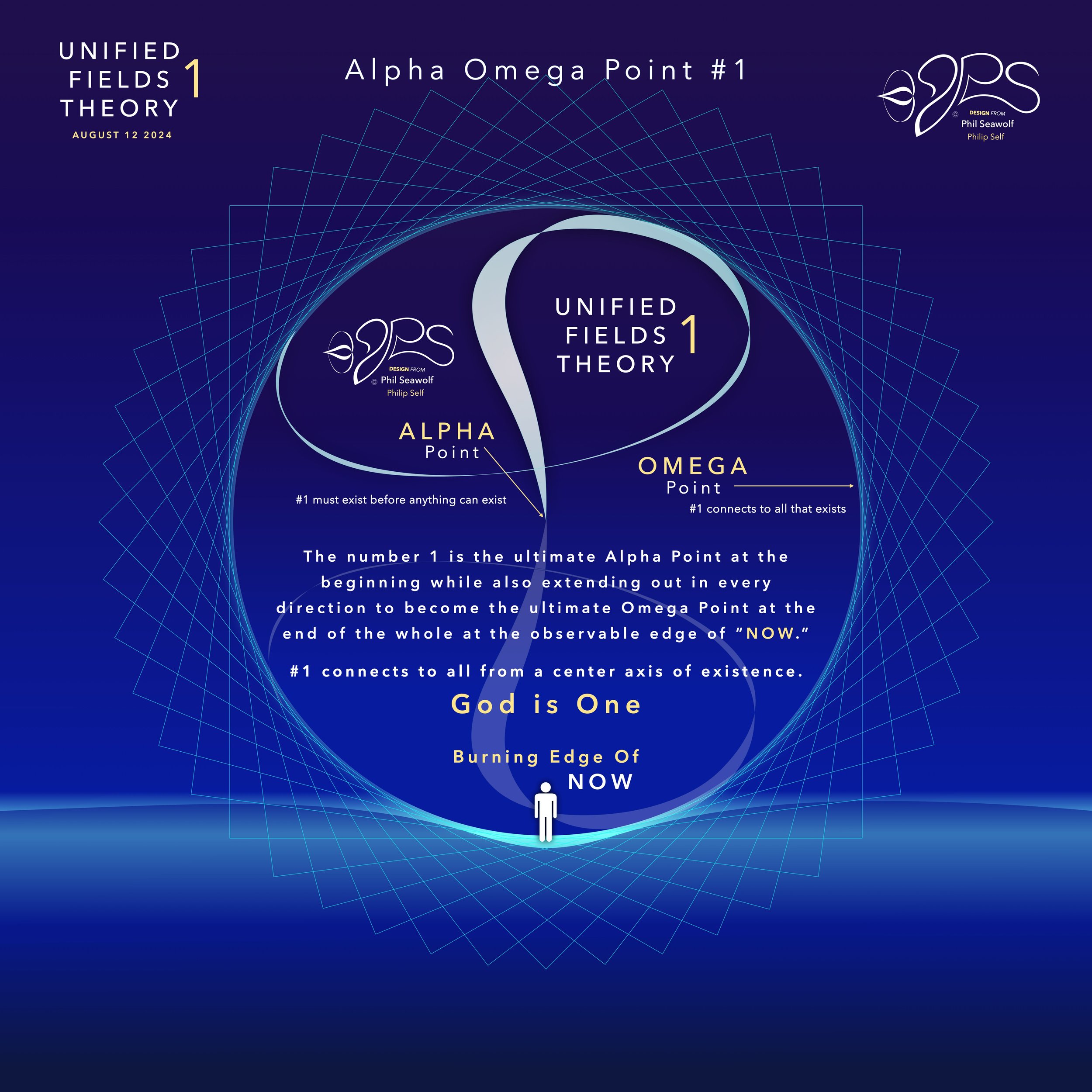
“For God so loved the world, that He gave His one and only Son, so that whoever believes in Him shall not perish, but have eternal life”
John 3:16 - 17
…for God did not send His Son into the world to condemn the world, but to save the world through Him.”
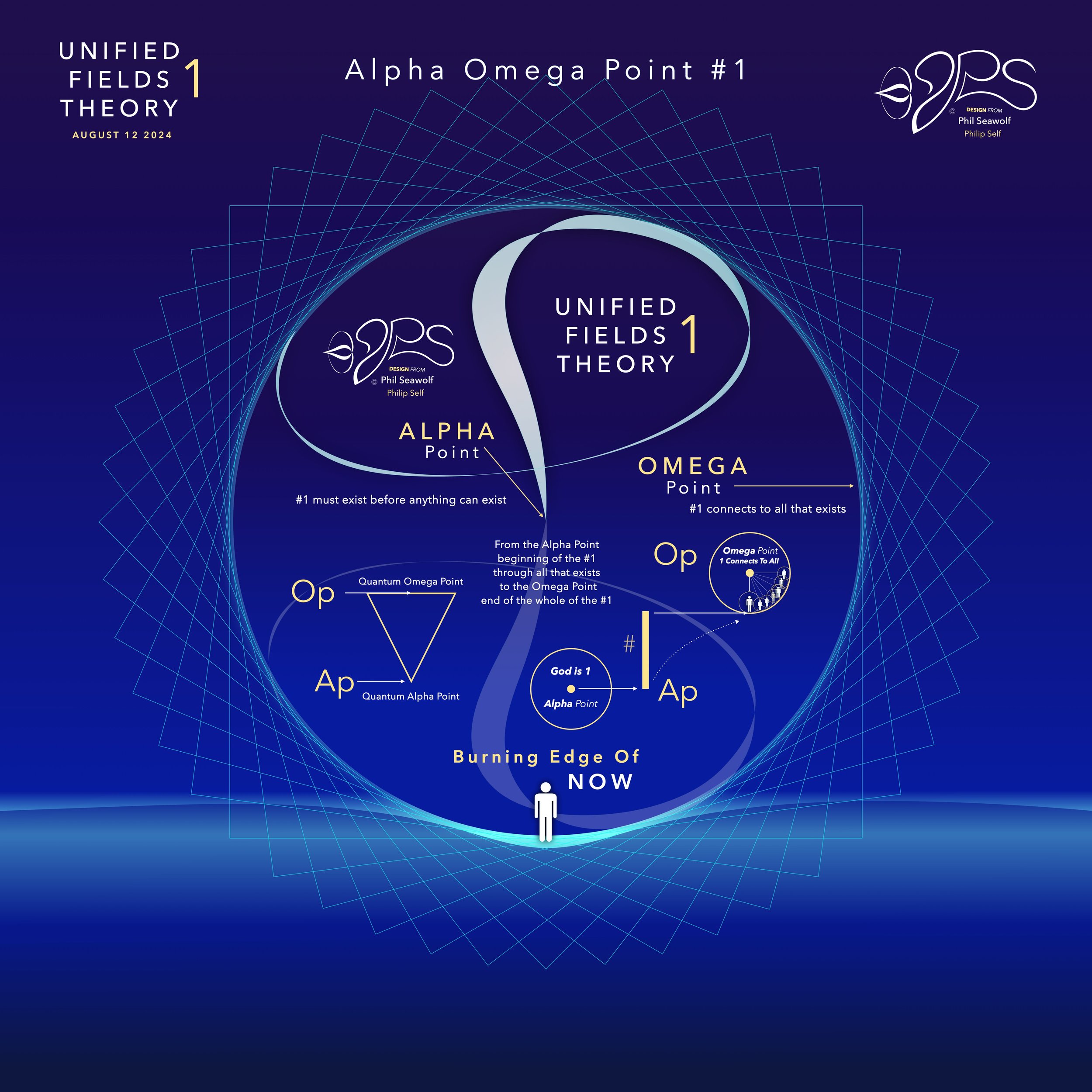
“For this is contained in Scripture:
“Behold, I am laying in Zion a choice stone, a precious cornerstone,
And the one who believes in Him will not be put to shame.”
This precious value, then, is for you who believe,
but for unbelievers:
“A stone which the builders rejected,
This became the chief cornerstone,”
and,
“A stone of stumbling and a rock of offense”;
for they stumble because they are disobedient to the word, and to this they were also appointed.
But you are a chosen people, a royal priesthood, a holy nation, a people for God’s own possession, so that you may proclaim the excellencies of Him who has called you out of darkness into His marvelous light.”
1 Peter 2:6-9
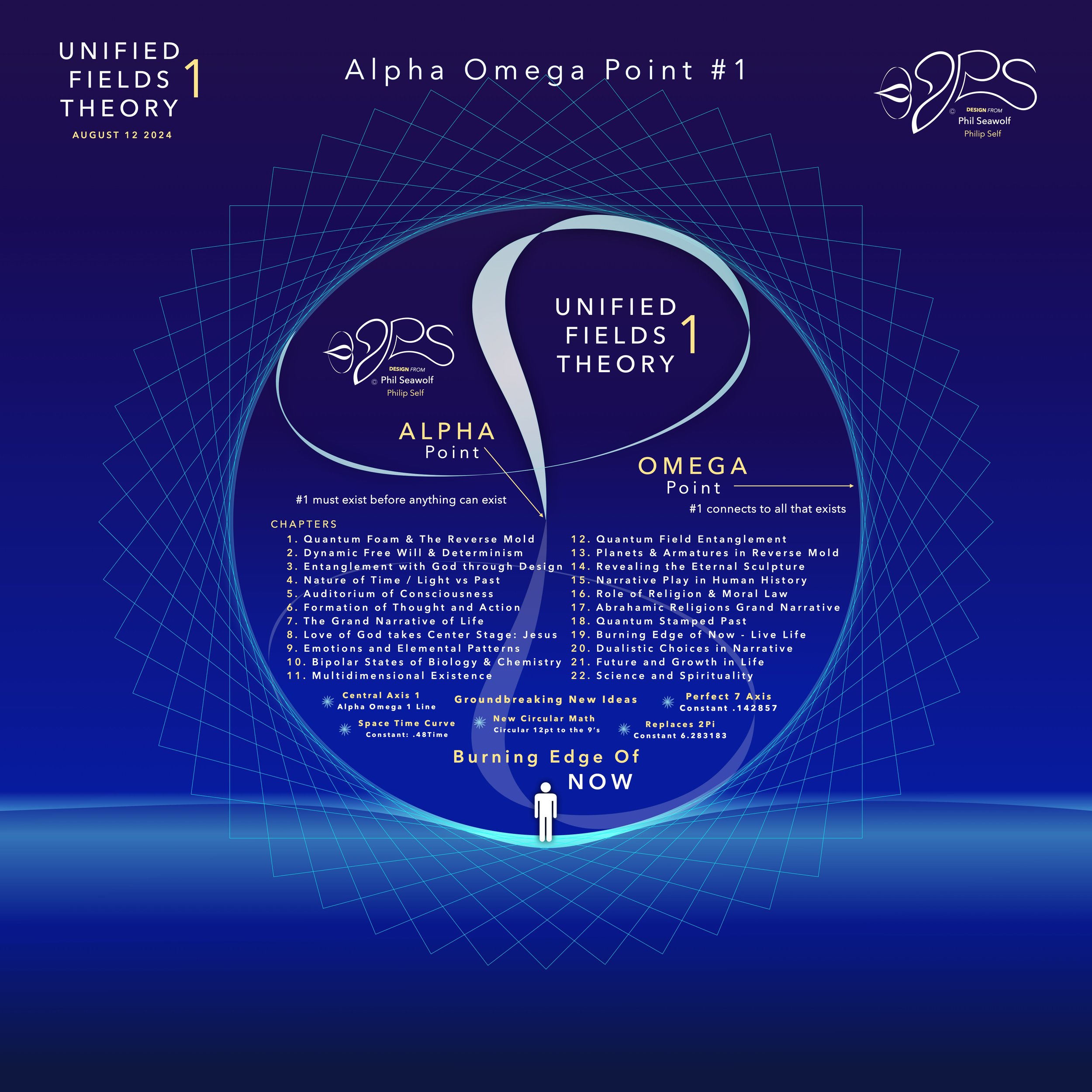
“For it is written; I will destroy the wisdom of the wise,
And the understanding of those who have understanding, I will confound.
Where is the wise person?
Where is the scribe?
Where is the debater of this age?
Has God not made foolish the wisdom of the world?
For since in the wisdom of God
the world through its wisdom did not come to know God,
God was pleased through the foolishness of the message preached to save those who believe.
For indeed Jews ask for signs and Greeks search for wisdom;
but we preach Christ crucified, to Jews a stumbling block, and to Gentiles foolishness,
but to those who are the called, both Jews and Greeks,
Christ the power of God and the wisdom of God.
For the foolishness of God is wiser than mankind,
and the weakness of God is stronger than mankind.”
1 Corinthians 1:19-25
In the beginning was 1. The Big Bang of math. 1 begot 2 and the 2’s had a 3 in 1-2 harmony. Alphabet too… easy as 1 2 3 in 4 parts back in 321 for a perfect 7 harmony. Short story by Phil Seawolf to provide some insight.
Jesus is the Chief Cornerstone 7 (Alpha to Omega)

